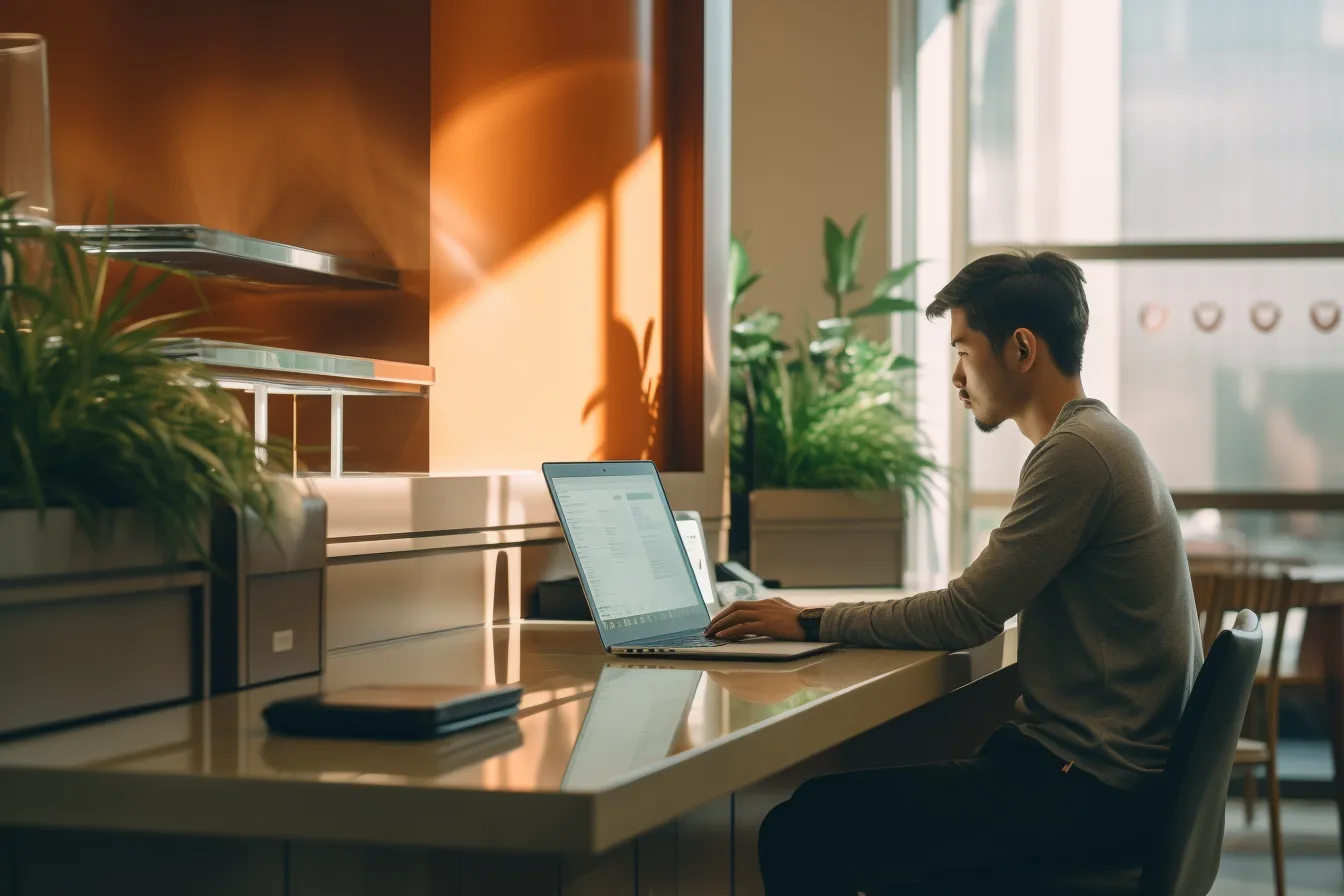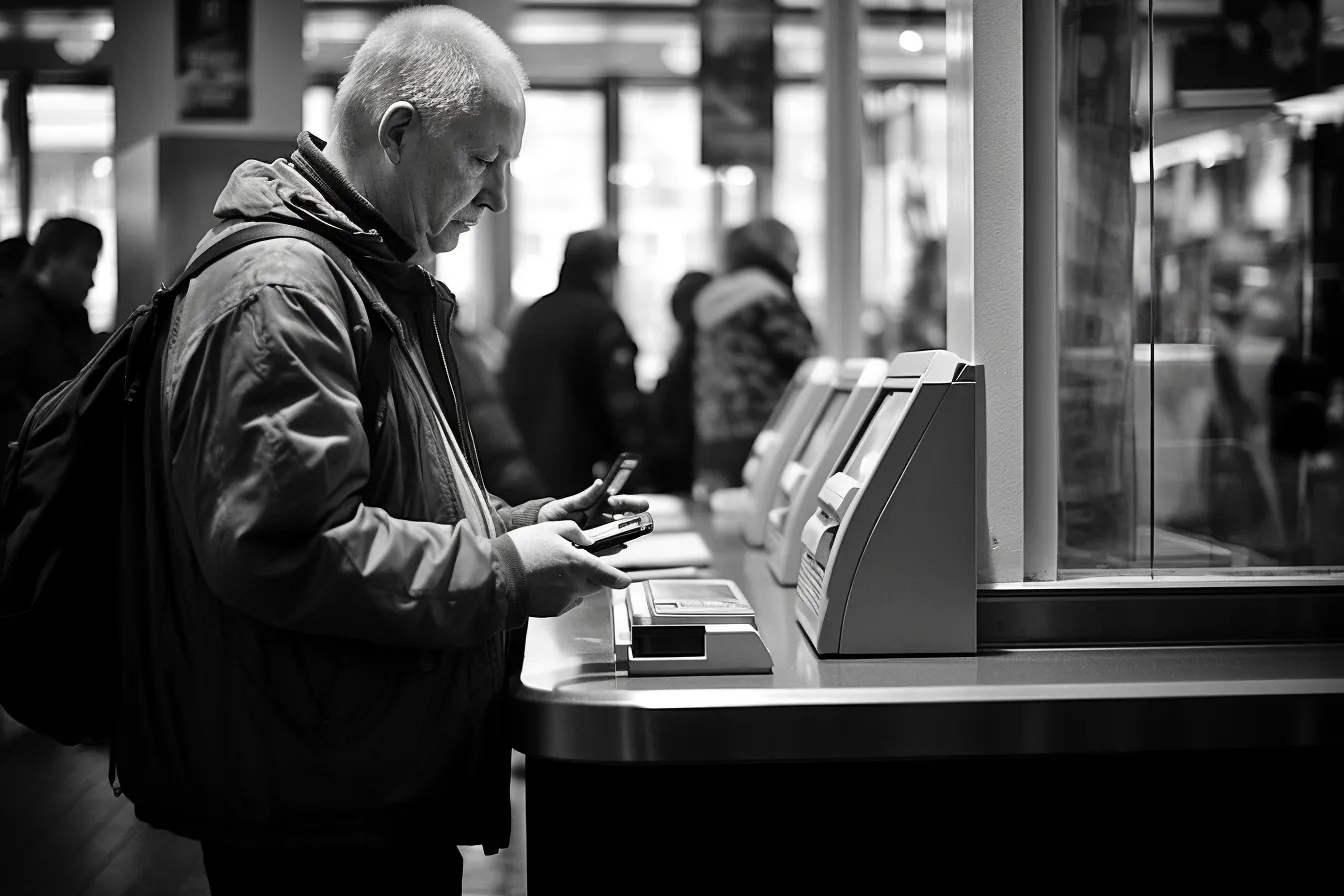With the advent of technology, banking has become increasingly convenient and accessible. Gone are the days of waiting in long lines at the bank or rushing to make it before closing time. Now, people have two primary options when it comes to managing their finances: ATMs and mobile banking. Both offer unique advantages and disadvantages, but which one reigns supreme in terms of convenience and safety? In this article, we will conduct a comparative study of ATMs and mobile banking to determine which option comes out on top.
The Convenience of ATMs
ATMs have been around for decades and have become a staple in our society. These machines allow individuals to withdraw cash, deposit checks, and check account balances at any time of the day or night. With a swipe of a card and a few taps on the screen, money is readily available. The convenience of ATMs lies in their widespread availability. They can be found in various locations such as banks, convenience stores, and shopping malls, making it easy for people to access their funds no matter where they are. Additionally, ATMs offer quick transactions, saving users valuable time in their busy lives.
The Safety of Mobile Banking
While ATMs provide convenience, mobile banking offers the added advantage of enhanced safety. With the rise of smartphones, banks have developed secure mobile applications that allow users to manage their finances on the go. These apps offer a wide range of features, including balance inquiries, funds transfers, bill payments, and even remote check deposit. The safety of mobile banking lies in its encryption technology, which protects users’ personal and financial information from unauthorized access. Furthermore, mobile banking apps often have additional security layers, such as fingerprint or face recognition, ensuring that only the authorized user can access their account.
The Advantages and Disadvantages
– ATMs have the advantage of being widely available, allowing users to access their funds at any time of the day or night. However, they do come with a couple of drawbacks. Firstly, there may be transaction limits imposed by the bank or ATM owner, restricting the amount of cash that can be withdrawn at once. Secondly, ATMs can be susceptible to theft or card skimming, posing security risks to users.
– On the other hand, mobile banking offers the convenience of managing finances from anywhere at any time. Users can perform various banking tasks with just a few taps on their smartphones, eliminating the need for physical interaction with an ATM. Additionally, mobile banking apps often provide real-time notifications and alerts, allowing users to stay updated on their account activity. Nevertheless, one downside of mobile banking is the reliance on internet connectivity. In areas with poor or no network coverage, accessing mobile banking services may become problematic.
Which Reigns Supreme?
When it comes to convenience, ATMs have the upper hand due to their widespread availability and quick transactions. They are a reliable option for individuals who require immediate access to cash. However, in terms of safety, mobile banking takes the lead. With its advanced security measures, mobile banking apps offer peace of mind, ensuring that users’ sensitive information remains protected.
In conclusion, both ATMs and mobile banking have their own merits. The choice ultimately depends on an individual’s preferences and needs. Some may prioritize convenience and opt for ATMs, while others may prioritize safety and choose mobile banking. Whichever option one chooses, it is crucial to practice caution and maintain awareness of potential risks in order to ensure a secure banking experience.







